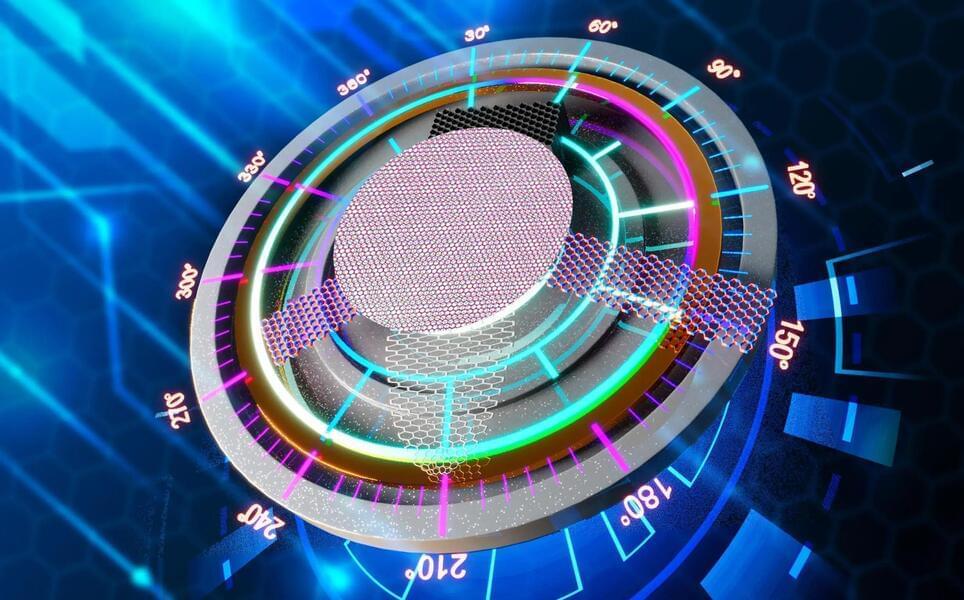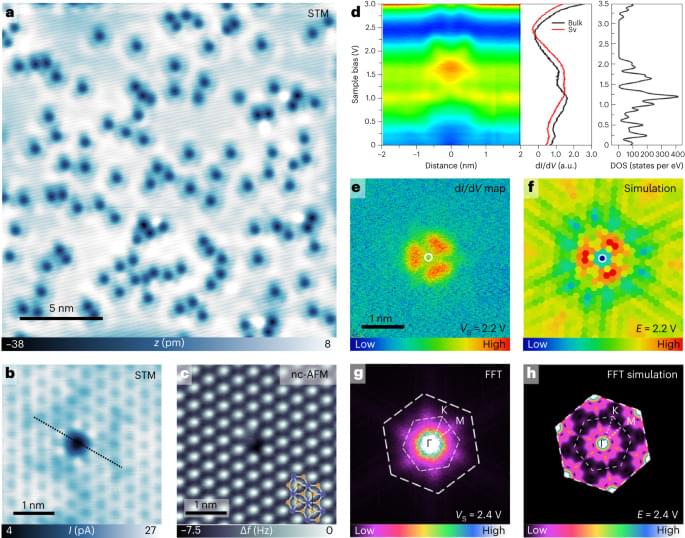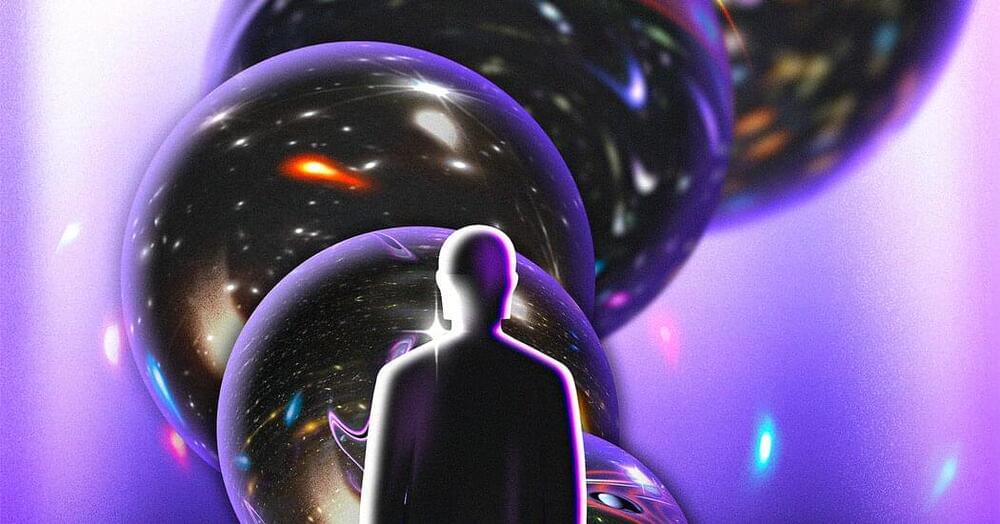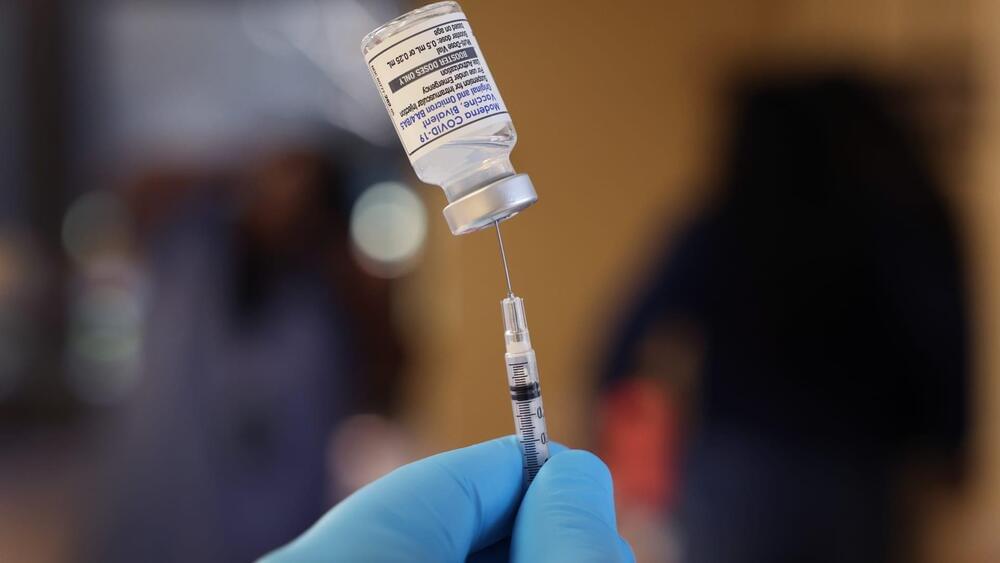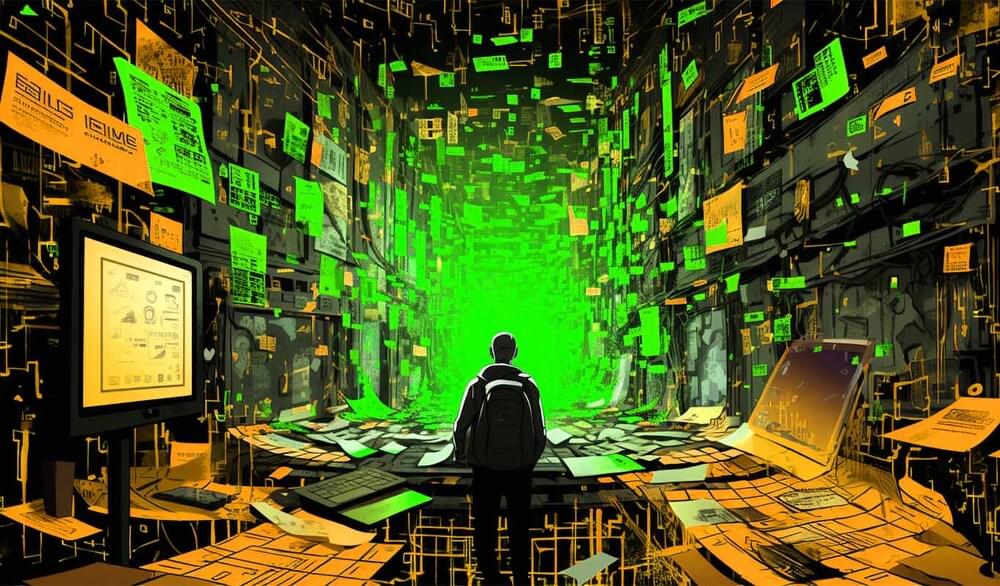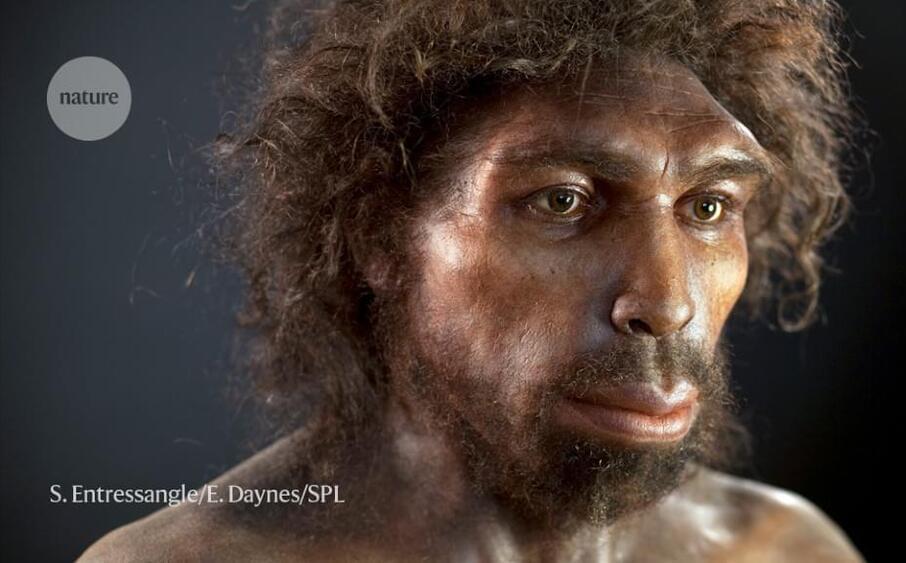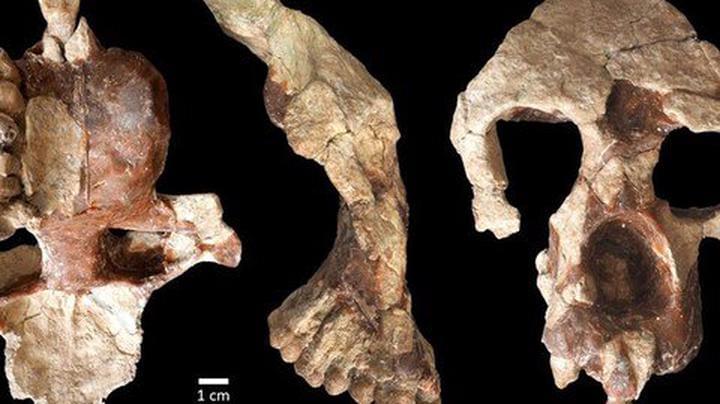The drugmakers designed their updated vaccines to target the omicron subvariant XBB.1.5, which is slowly declining nationwide. But health experts and initial data suggest that the new shots will still be effective against Eris, or EG.5, and other widely circulating variants – all of which are descendants of omicron.
“I think that these vaccines will provide very substantial protection against EG.5. Maybe just a little bit of loss, but it’s nothing that I’m very concerned about,” Dr. Mark Mulligan, director of the NYU Langone Vaccine Center, told CNBC. “It looks like we’re going to be OK.”
All three companies are still waiting for the Food and Drug Administration to approve their vaccines, meaning those jabs won’t be available to the public for a month or so. The Centers for Disease Control and Prevention also has to decide which Americans should get the shots and how often.
